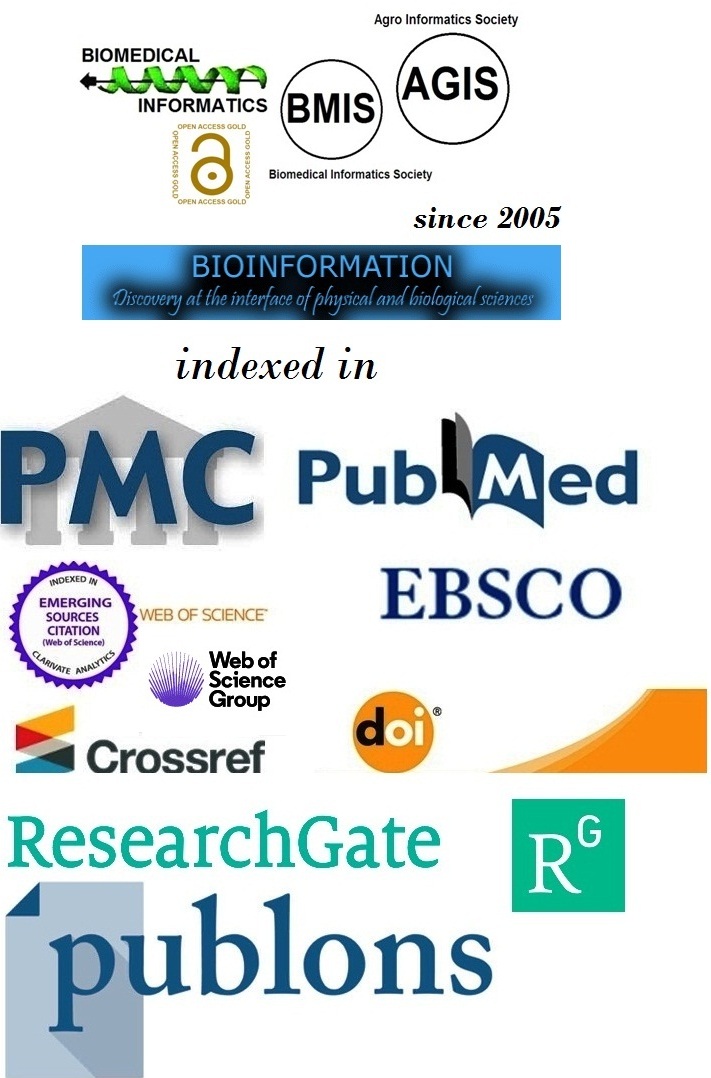Title
Analysis of microgap for root canal filling material filled with a hydrophilic and hydrophobic obturating system
Authors
Subasish Behera1*, Anushree Tiwari2, Naman Vaidya3, Soumyaranjan Nanda4, Pallavi Mishra5, Medha Bhushan6 & Miral Mehta7
Affiliation
1Department of Conservative Dentistry and Endodontics, Government Dental College and Hospital (SCB), Manglabag, Cuttack, Odisha, India; 2Independent Researcher, Paoli, Pennsylvania, 19301, USA; 3Department of Conservative Dentistry and Endodontics, Government Dental College and Hospital, Ahmedabad, Gujarat, India; 4Private Practitioner, Cuttack, Odisha; 5Department of Oral and Maxillofacial Pathology, Kalinga Institute of Dental Sciences, KIIT Deemed to be University, Patia, Bhubaneswar, 751024, India; 6Department of Conservative Dentistry and Endodontics, Modern Dental College, Indore, Madhya Pradesh, India; 7Department of Pediatric and Preventive Dentistry, Karnavati School of Dentistry, Karnavati University, Gandhinagar, Gujarat, India; *Corresponding author
Subasish Behera - E-mail: dr.subasish@gmail.com
Anushree Tiwari - E-mail: tiwarianushree88@gmail.com
Naman Vaidya - E-mail: namanvaidya.nv@gmail.com
Soumyaranjan Nanda - E-mail: nandasoumya245@gmail.com
Pallavi Mishra - E-mail: drpallavimishra1988@gmail.com
Medha Bhushan - E-mail: medhamdcrc@gmail.com
Miral Mehta - E-mail: miral9829@gmail.com
Article Type
Research Article
Date
Received August 1, 2025; Revised August 31, 2025; Accepted August 31, 2025, Published August 31, 2025
Abstract
The microgap formation associated with hydrophilic and hydrophobic root canal obturation systems is of interest. Hence, thirty extracted human single-rooted teeth were randomly divided into two groups (n=15 each): Group I - obturated (Resilon with Epiphany sealer) and Group II - obturated hydrophobic system (Gutta-percha with AH Plus sealer). After obturation, the samples and microgaps were evaluated using scanning electron microscopy (SEM) at 2000x magnification. Group I (hydrophilic) showed a significantly lower mean microgap of 2.36 ± 0.52 μm, while Group II (hydrophobic) exhibited a higher mean microgap of 5.81 ± 0.89 μm. Thus, hydrophilic obturation systems showed superior sealing ability with minimal microgap formation compared to hydrophobic systems.
Keywords
Microgap, root canal obturation, hydrophilic, hydrophobic, resilon, gutta-percha, sealing ability, SEM analysis
Citation
Behera et al. Bioinformation 21(8): 2586-2589 (2025)
Edited by
Vini Mehta
ISSN
0973-2063
Publisher
License
This is an Open Access article which permits unrestricted use, distribution, and reproduction in any medium, provided the original work is properly credited. This is distributed under the terms of the Creative Commons Attribution License.
